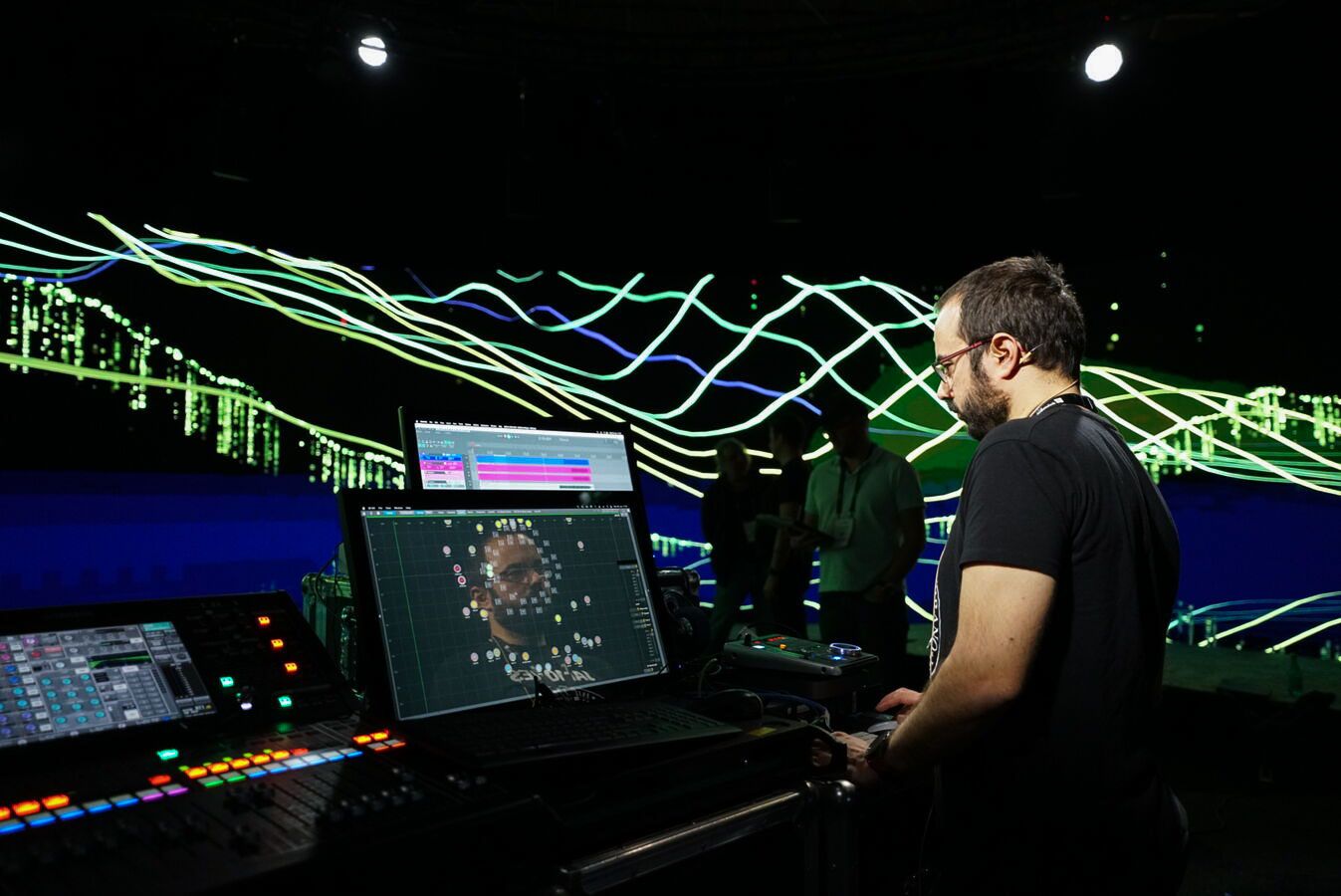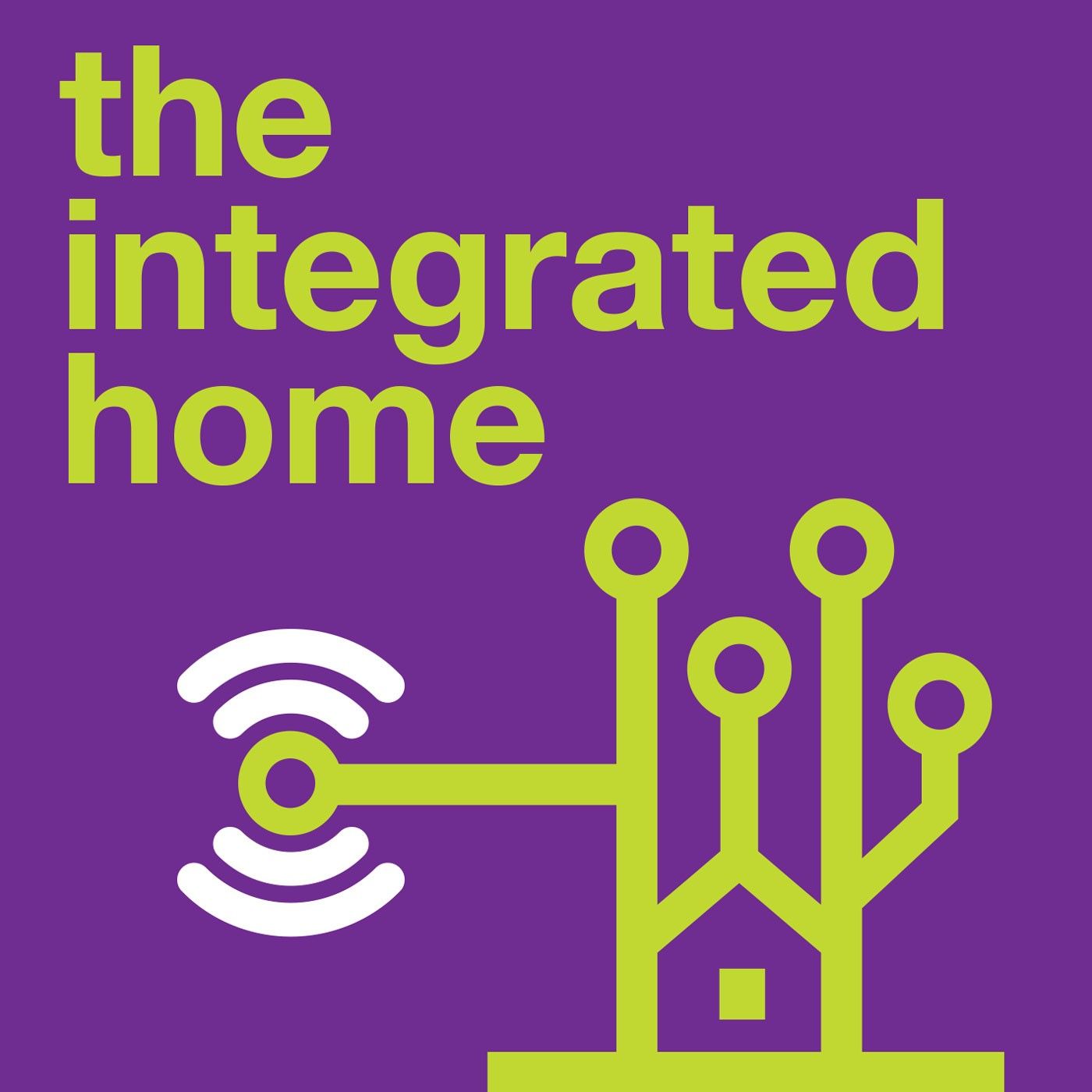6 examples of AI in audio products from ISE

While it can sometimes be difficult to distinguish between AI and proprietary algorithms, AI can be recognised by its ability to change an audio output in real time based on a changing input (such as varying ambient noise levels), and its ability to improve its performance over time based on past experience.
Here are a few examples of products from ISE exhibitors that use the technology.
Sennheiser’s TeamConnect Ceiling 2 – a microphone array that replaces a single ceiling tile – uses AI-driven adaptive beamforming technology to focus on capturing audio from the person who is actively speaking, even if they are walking around the room. At the same time it minimises pick-up of background noise.
Logitech’s Zone Wireless 2 headset uses AI to enhance call clarity by separating out background noise from the user’s voice, as well as suppressing ambient noise from the other end of the line. Advanced beamforming microphones also contribute to its excellent performance in noisy environments.
Bose Professional's ControlSpace EX system integrates speakers, processors, amplifiers and controllers into a single audio management ecosystem. Its AI-driven adaptable noise cancellation and non-linear processing enhance clarity and intelligibility. The system is particularly valuable in spaces like auditoriums and large conference rooms, where acoustic conditions can vary widely.
Yamaha’s DM7 digital mixing consoles offer a number of AI Assist features, designed to speed up the sound engineer’s work without taking away their autonomy. Fader Assist ‘listens’ to the levels on all input channels and creates a suggested balance, which the engineer can adjust according to their preference. Naming Assist analyses the voice or musical instrument on an input channel and creates a suggested channel name accordingly. As with Fader Assist, the results can be adjusted, but the likely time savings are easy to imagine.
HARMAN’s JBL Intellivox leverages AI-driven beam-steering technology. In addition to ensuring that sound is evenly distributed across the audience area, the speakers can adjust the audio output in real time, based on the ambient noise level detected by built-in microphones.

d&b audiotechnik’s Soundscape system (above) uses AI to manage spatial audio environments. This system uses object-based mixing to render audio in a three-dimensional space, providing an immersive experience for the audience. This technology is particularly effective in theatres and other installations where precise sound placement is key to the overall experience.
Stay informed!
To discover the latest solutions and innovations from the leading audio companies exhibiting at Integrated Systems Europe (ISE), as well as the hottest industry trends – sign up now.
Why ISE? Because it’s the world’s premier B2B show for audiovisual systems integration. If something dazzles your senses, revolutionises your work or makes an event unmissable, it probably originated at ISE.
Don't miss out – join our community today and stay at the forefront of the industry.



)
)
)
)
)
)
)
)
)
)
)
)
)
)
)
)
)

)
)
)
)
)
)
)
)
)
)
)
)
)